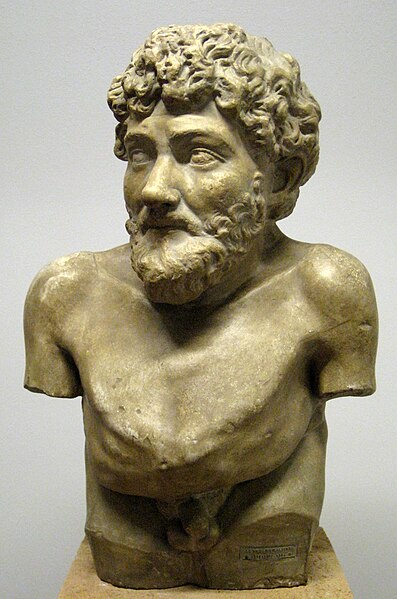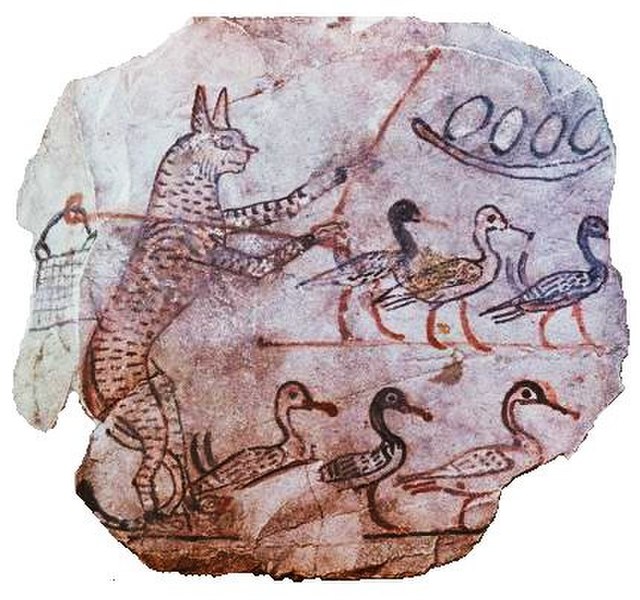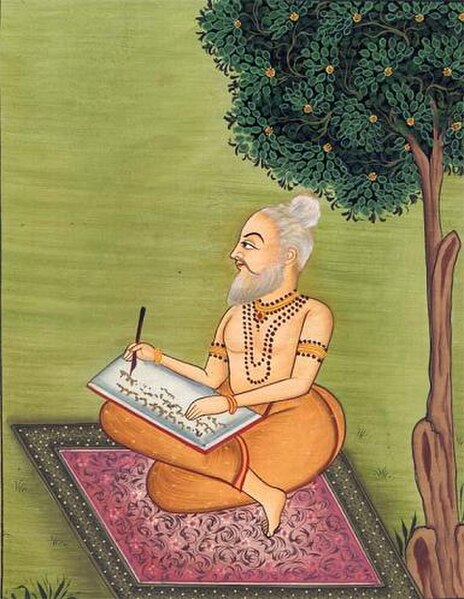Aesop is an almost certainly legendary Greek fabulist and storyteller, said to have lived c. 620–564 BCE, and credited with a number of fables now collectively known as Aesop's Fables. Although his existence remains unclear and no writings by him survive, numerous tales credited to him were gathered across the centuries and in many languages in a storytelling tradition that continues to this day. Many of the tales associated with him are characterized by anthropomorphic animal characters.
Plaster cast of a Hellenistic statue thought to depict Aesop; original in the Art Collection of the Villa Albani, Rome.
A woodcut of Aesop surrounded by events from his life from La vida del Ysopet con sus fabulas historiadas (Spain, 1489)
Aesop (left) as depicted by Francis Barlow in the 1687 edition of Aesop's Fables with His Life
Roberto Fontana, Aesop Narrates His Fables to the Handmaids of Xanthus, 1876.
Fable is a literary genre defined as a succinct fictional story, in prose or verse, that features animals, legendary creatures, plants, inanimate objects, or forces of nature that are anthropomorphized, and that illustrates or leads to a particular moral lesson, which may at the end be added explicitly as a concise maxim or saying.
Anthropomorphic cat guarding geese, Egypt, c. 1120 BCE
Printed image of the fable of the blacksmith and the dog from the sixteenth century
Aesop, by Velázquez
Valmiki








